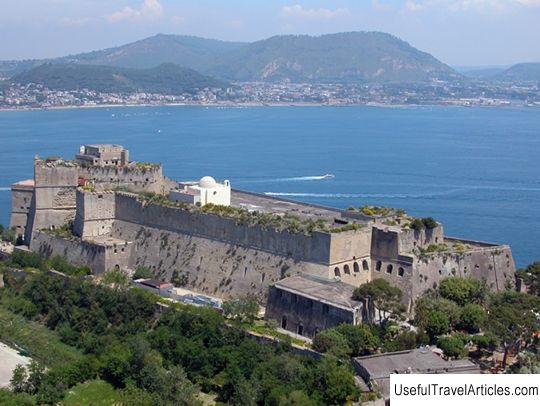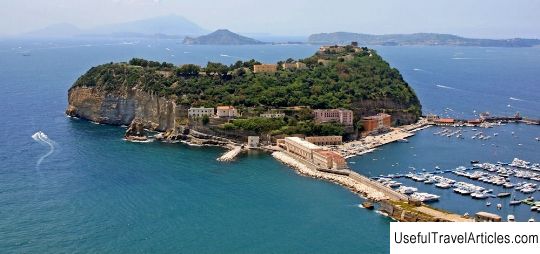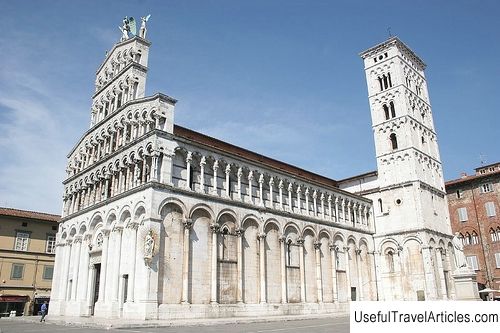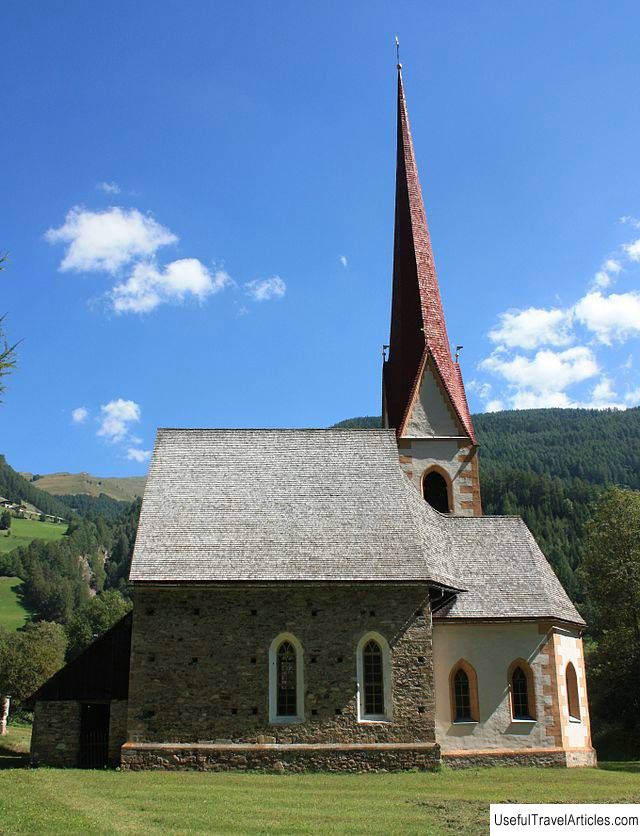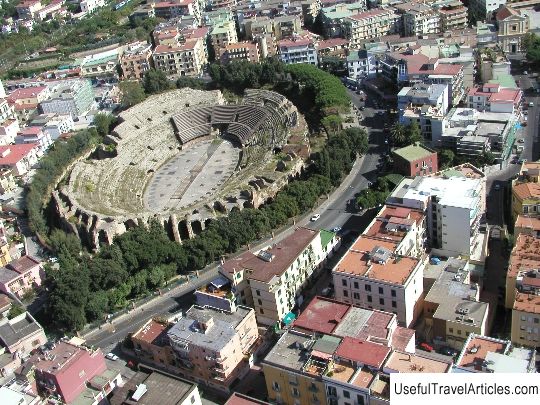Campi Flegrei description and photos - Italy: Campania
Rating: 8,1/10 (243 votes) 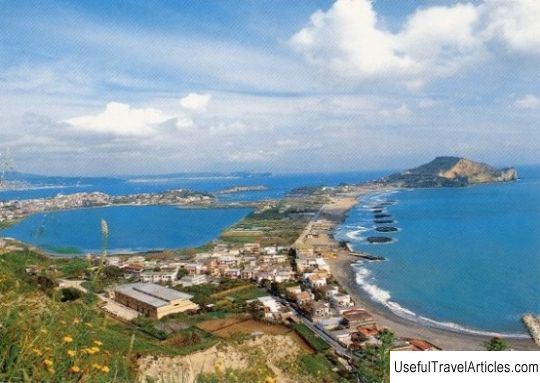
Campi Flegrei description and photos - Italy: Campania. Detailed information about the attraction. Description, photographs and a map showing the nearest significant objects. The title in English is Campi Flegrei. Photo and descriptionThe Phlegrean fields are spread over an area of 100 sq. km on the shores of the Gulf of Pozzuoli, bounded from the west by the Cape of Capo Miseno, and from the east by the Cape of Capo Posillipo in the Italian region of Campania. The fields lie in an area where lava comes very close to the surface of the earth, which is why the earth's firmament seems to "float" on it and makes so-called bradyseism - vertical vibrations. In 1970 and 1983, such a bradyseism occurred in the city of Pozzuoli: the historical part of the city of Rione Terre, standing on a high cliff, suddenly rose, and then slowly and unevenly dropped. As a result, about 10 thousand people were evacuated, who were never able to return to their homes - the territory of this area was closed for visits. Besides, bradyseism caused the coastal part of Pozzuoli to sink under water to a depth of 10 meters - today this area has become a tourist attraction, which can be viewed from a special vessel. Phlegrean fields were known to the ancient Greeks, who founded a colony in neighboring Qom. Kuma, by the way, was the first ancient Greek colony on the territory of mainland Italy and gained fame thanks to its fortuneteller Sibylla. Of the sights of the Phlegraean fields, it is worth mentioning Lake Averno, which, according to the beliefs of the ancient Romans, was the entrance to hell, the ancient resort of Baia, which housed the villas of Julius Caesar, Nero and Adrian and which is now under water, the Flavius amphitheater, the third largest in Italy, part of the Appian Way, the youngest mountain in Europe, Monte Nuovo and the graves of Agrippina the Elder and Scipio Africanus. Today the territory of the Phlegraean fields, one of the most important in the region in terms of ecological, historical and archaeological value, is part of the regional park of the same name. As a result of volcanic activity, striking landscapes were formed here, high-quality thermal springs appeared, valuable building materials such as tuff and pozzolana were formed. The local soil is extremely fertile and famous for its vineyards and olive and citrus groves. The flora and fauna of the Phlegrae fields and their unique ecosystems are no less diverse. In Solfatara, near Pozzuoli, you can see a crater with seething lava and streams of escaping steam. This volcano was formed about 4 thousand years ago and is characterized by active fumaroles, mineral water springs, hot mud deposits and regular earthquakes. You can visit Solfataru as part of an organized excursion. Also in the park it is worth visiting the Archaeological Museum of the Phlegraean Fields, which since 1993 has been located in the Aragonese castle of Castello di Baia, built in the 15th century. The museum exhibits the so-called Jesse di Baia - plaster casts of the era of Ancient Rome, made from antique bronze figurines, many of which are now considered lost.        We also recommend reading Puerta del Puente description and photos - Spain: Cordoba Topic: Campi Flegrei description and photos - Italy: Campania. |
